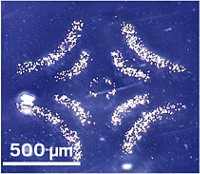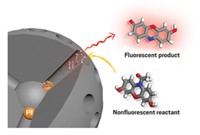Advertisement
Grab your lab coat. Let's get started
Welcome!
Welcome!
Create an account below to get 6 C&EN articles per month, receive newsletters and more - all free.
It seems this is your first time logging in online. Please enter the following information to continue.
As an ACS member you automatically get access to this site. All we need is few more details to create your reading experience.
Not you? Sign in with a different account.
Not you? Sign in with a different account.
ERROR 1
ERROR 1
ERROR 2
ERROR 2
ERROR 2
ERROR 2
ERROR 2
Password and Confirm password must match.
If you have an ACS member number, please enter it here so we can link this account to your membership. (optional)
ERROR 2
ACS values your privacy. By submitting your information, you are gaining access to C&EN and subscribing to our weekly newsletter. We use the information you provide to make your reading experience better, and we will never sell your data to third party members.
Analytical Chemistry
Skinny separation membranes
February 19, 2007
| A version of this story appeared in
Volume 85, Issue 8
A new class of nanofabricated membranes whose pores are about the size of the molecules being filtered could improve macromolecular separations. Philippe M. Fauchet, James L. McGrath, and coworkers at the University of Rochester describe porous, nanocrystalline silicon membranes that are approximately 10 nm thick with mean pore sizes between 5 and 25 nm (Nature 2007, 445, 749). The researchers use standard silicon deposition and etching techniques to make the membranes. They tune the size of the pores, which appear as white spots in the micrograph shown, by changing the temperature during fabrication. The membranes can separate proteins of different sizes and molecular weights. As an example, the researchers separated the common blood proteins bovine serum albumin (BSA) and immunoglobulin-γ (IgG) with such a membrane. BSA diffuses through the membrane more rapidly than does IgG, allowing for a higher degree of separation of BSA. The researchers expect to be able to fabricate a membrane with pore sizes that block IgG while letting BSA through. Such membranes could be easily incorporated into microfluidic devices.





Join the conversation
Contact the reporter
Submit a Letter to the Editor for publication
Engage with us on Twitter